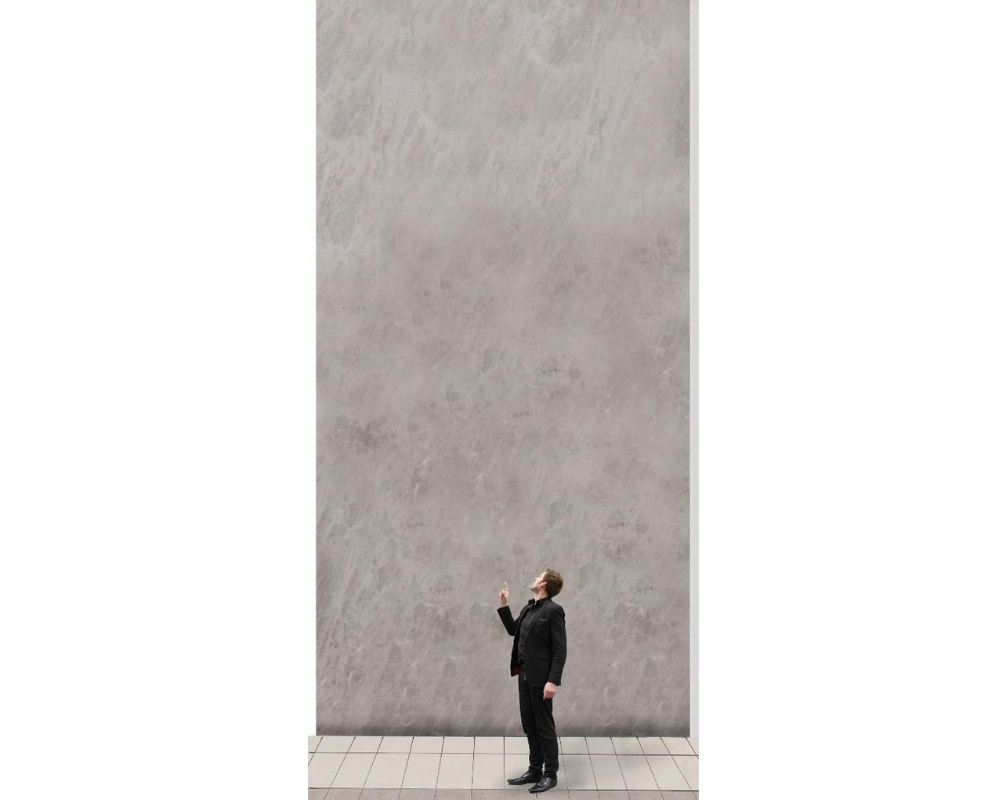

Are you considering large format porcelain tiles, but are unsure whether or not they introduce design limitations?
Offering the chance to create seamless backdrops, large format tiles and stone are a statement of high-end design. The look effortlessly conveys the notion that the design is unique, and that no luxury has been spared.
What does it take to achieve this aesthetic, and is it worth it?
One of the reasons that large format tiles convey an aura of luxury is that until recently they were incredibly rare. It is only within the last few years that the production technology became more widely available.
This has had the dual effect of reducing cost, while increasing awareness. They are therefore now a staple of many prestigious projects.
Large format porcelain tiles present manufacturing challenges that mean only high-end firms can offer them with any guarantee of quality. As such, it is worth checking credentials and experience before selecting your supplier in order to avoid an unnecessary limitation!
Fragility used to be a limitation for large format porcelain tiles. However, this has now been remedied by industry leaders. Today’s tiles are slightly thicker than earlier versions – usually between 5.5 and 7 millimetres – and include a supporting layer.
Thickness sometimes has an influence on cost, so understanding the variables – such as scrim, moisture exposure, and required durability – is important.
Advances in material strength mean that tiles can be easily shaped to fit unique spaces. Large format tiles tend to be the preserve of high-end projects where aesthetic quality is a crucial consideration, so custom builds are expected by suppliers. For a seamless finish, clear architectural drawings are important when ordering.
Durable and easy to clean, there is no problem laying large format porcelain tile floors and walls at an early stage of the build. Many bespoke installations demand recessed lighting and access points, which can dictate installation strategy. Working with professional tiling contractors is advisable for laying the tiles, as this guarantees the flawless finish that porcelain is famed for.
Porcelain tiles are typically 2.403kg per m2 per mm thickness, so they are extremely lightweight. This makes them ideal for any type of cladding, as well as false ceilings and floating floors.
Like most tiles, large format porcelain tiles require “tile fields”, which absorb forces and enable even distribution of pressure. Large format tiles can make these calculations more straightforward, and a wide range of supporting equipment is available to guarantee a perfect finish.
The main limitations of large format porcelain tiles have traditionally been limited availability and poor manufacturing quality. These are factors that careful investment, research, and development have managed to overcome. Architects and designers can now benefit from consistent quality and availability, with tiles carefully shaped for each unique project.